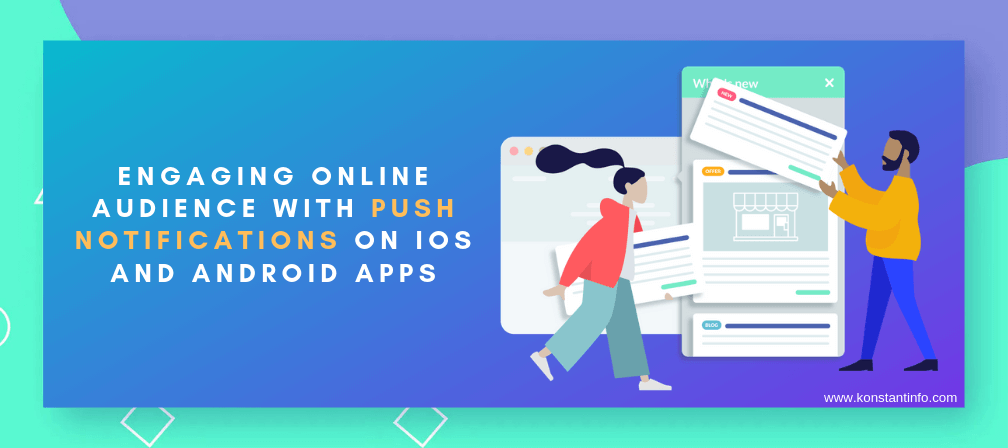
It is often difficult to engage or re-engage prospects with the app. Can conversion barriers actually improve customer retention? In that case push, notifications become a fast and effective way to communicate with the audience. These push the relevant information towards the clients instantly in the most effective way at a pre-defined frequency. Push notifications on a website are more effective than a subscribed newsletter, in keeping your audience engaged and is one effective way of pulling traffic towards your website. Push notifications are definitely less intrusive than other forms of user engagement, can help users with relevant information, keep up with latest updates, promotions, and offers.
For some users making use of push notification might seem more like a dicey proposition. Some feel nervous, some feel annoyed, while others completely approve of remarketing and feel properly targeted. Here is the feature-list to entice app users:
Read also: iOS vs. Android App Development: Must Know the Best Solution
Here are some key takeaways for push notification campaigns for iOS app development or Android app development 2019:
According to various surveys, push notifications are going to boost app engagement by up to 88% and approximately 65% of the users return to the app if push notifications are enabled. These can help in increasing app retention rate by 3-10x and users who opt to have push notifications have twice as much chance of staying there as compared to users who have not opted for push notifications. Trends that will emerge as a cardinal rule for push notifications:
Push notification improves overall app retention, engagement, and overall user experience but they can as well be interruptive, annoying and hurtful and can work in reverse order if implemented in the wrong way.
Every app has its individual, unique user base. Therefore it is essential to have push notifications that are tailored to the diverse needs of the audience.
In addition to this, if everything else is right, the push notifications have to be affordable to the publisher, offer just the right mix of backend tools, like real-time data analytics or demographic segmentation. Amongst the famous examples of the apps that have been making use of push notifications extensively, some are listed below:
- Urban Airship
- Leanplum
- Localytics
- Taplytics
- OneSignal
- Kahuna
- Kumulos
- PushWoosh
- PushBots
- Swrve
- Streethawk
- Mixpanel
- Carnival.io
- Catapush
- Amazon SNS
It has been noticed that push notifications do not work with certain phones (by manufacturers like Xiaomi, One Plus, Oppo, Vivo, Huawei, Lenovo, Samsung, and a few others), while the app is closed. They only work when the user is active over the app.
There are three buttons at the bottom of every Android smartphone – there is a square button that opens the recent screen. Then there is a round button that opens the menu or the apps installed on the smartphone and there is a left arrow button that is used as a back button or navigation button.
When an application is cleared or closed, it kills the app and its background services in Android operating system customized by certain device manufacturers (called as stock ROM’s). These background services are required if we wish to show push notifications.
Other way around, these stock ROM’s have an option to restart the background services from device’s settings that can be disabled at any time by the user. Auto-starting of the background services is disabled. This is implemented in order to conserve battery and improve performance.
Apps like Gmail and slack have auto-launch enabled, which is why they do not face such problems. In most of the devices, the auto-launch feature comes with various different names like auto-start, start-up manager, auto-start manager, app optimization, or background app management or protected apps.
Here are the various ways (services) that can be used to implement push notifications within the applications (particularly useful for the developers):
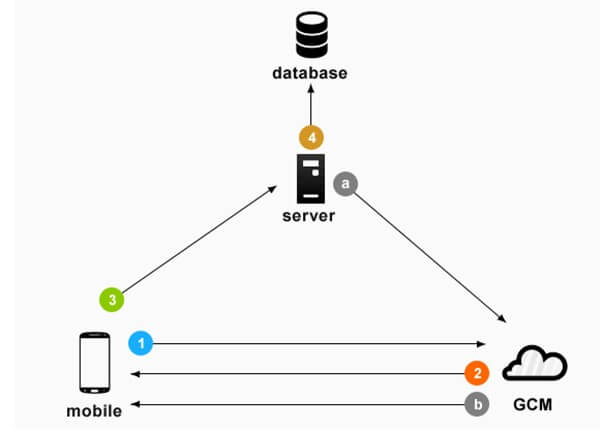
There are many other functionalities that extend the possibilities of FCM or Google Play Services. But as they can be used across platforms, the functionality is too extensive for some basic use cases.
Read also: How to Convert iOS App to Android App?
Push notifications for ios work in the same way as android push notifications – they are basically used to transmit a short text message, play a short sound and set a badge count on an app’s icon.
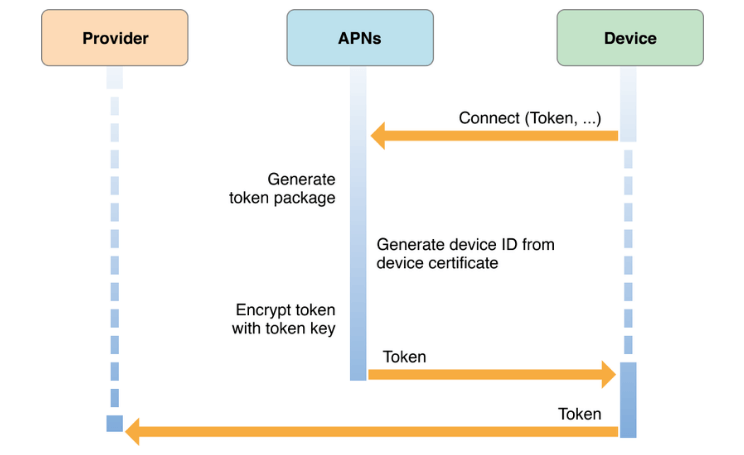
iOS app -> requests a device token from Apple Push Notification Services (APNS) -> The app receives the token which functions as the address to send a push notification to -> the app sends the token of the device to your server -> the server will send a push notification with a device token to the APNS when prompted -> The APNS will send a push notification to the user’s device.
In order to enable push notifications in the iOS device, a provisioning profile and an SSL certificate must be created for the server. The background implementation has to be launched on the server, SSL certificate has to be installed and outgoing TLS connection on certain spots must be set up.
Push notifications are one of the most convenient methods of marketing ideas across consumers. With the right mix of frequency and a search over user preferences and behavior, this is an effective method to increase conversion rates as compared to other mediums like SMS and emails.
It is important that users perceive the data that comes with push notifications in the way it is intended by the app marketers. As the number of platforms that offer Android and iOS push notifications increase every day, a right mix between affordable pricing and required features (mostly UI based) is required to experience it to fullest.
Drop the ambiguity and take up credible action. Reach out to our experts with your queries. They’ll be happy to help you.
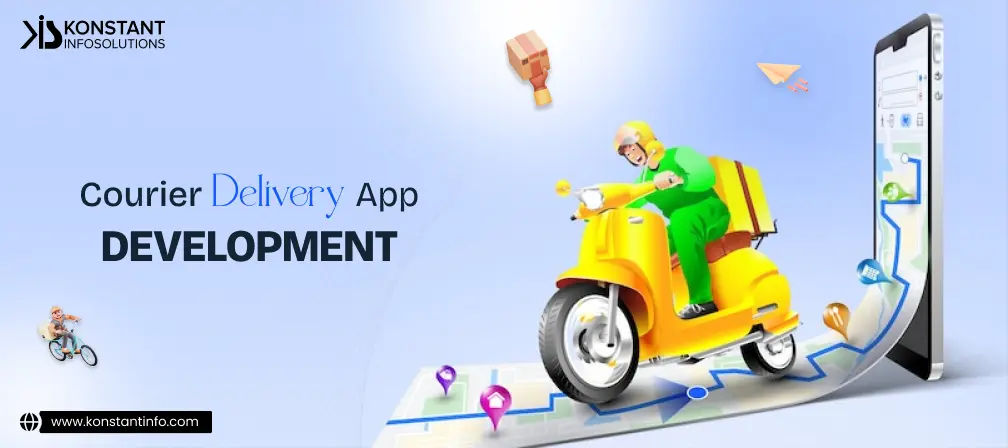
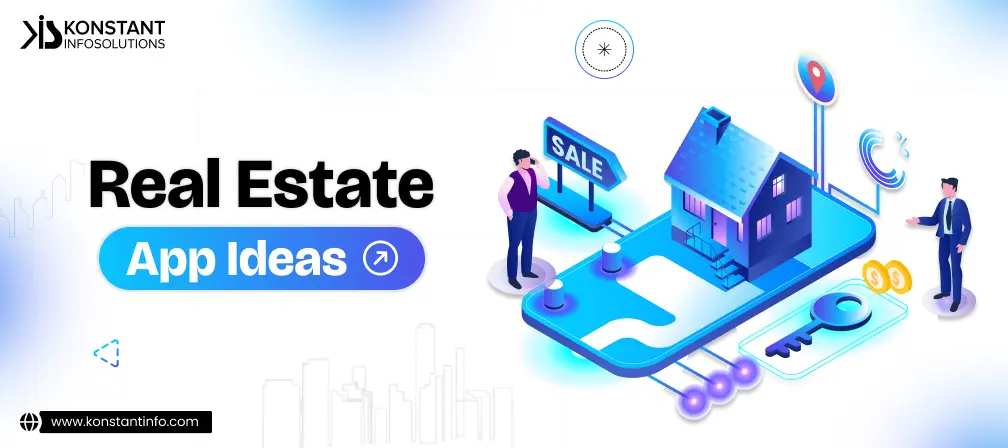

Vipin Jain is the Co-Founder and CEO at Konstant Infosolutions and is in charge of marketing, project management, administration and R&D at the company. With his marketing background, Vipin Jain has developed and honed the company’s vision, corporate structure & initiatives and its goals, and brought the company into the current era of success.
Or send us an email at: [email protected]